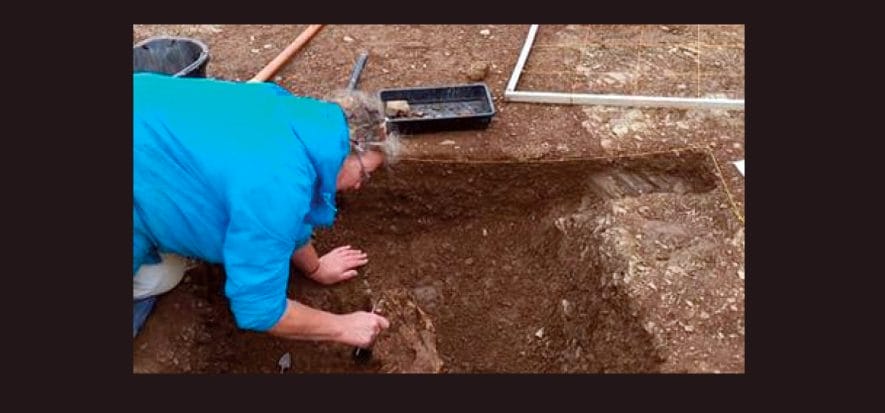In Devonshire, England, the meat and leather industry have been going on alongside for 1,700 years. Testifying this, are the findings made in the British county by a group of archaeologists from the University of Exeter. They were engaged in studying the presence of the Roman Empire near the city of Ipplepen.
Roman influences
Scholars are searching for further traces to corroborate the thesis that the Roman Empire was also spread in this area. Guesses are possible because of previous discoveries, including a few ancient coins. In the past, the predominant idea was that the Roman army, returning down the British coast to the west, had stopped in Exeter. That is: about thirty kilometres north of Ipplepen. Looking for new indications, archaeologists have brought to light an ancient slaughterhouse dating back to the 4th century AD.
From slaughterhouse to (perhaps) tannery
The remains of animals found on the site can be traced back to animals aged between 2 and 3 years old. Which, as Professor Stephen Rippon explains to The Guardian, “corresponds to the idea that this is a professional beef production site”. If animals had been raised by farmers, in fact, they would not have been slaughtered so young because the cattle from a certain age onwards was used for work in the fields. But there’s more. Although no evidence was found to suggest the presence of a tannery near the slaughterhouse, Rippon is convinced that there was one. This is because, among the recovered finds, there are also deer bones and horns, probably worked to obtain combs or needles and other tools. “All this gives us an image of Ipplepen as a settlement and not just a normal farming community – concludes Rippon -. A place where artisans worked every type of material and artefact”. Leather included.
Image from google maps











